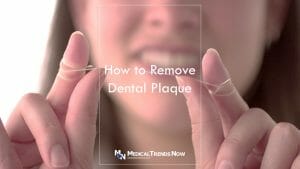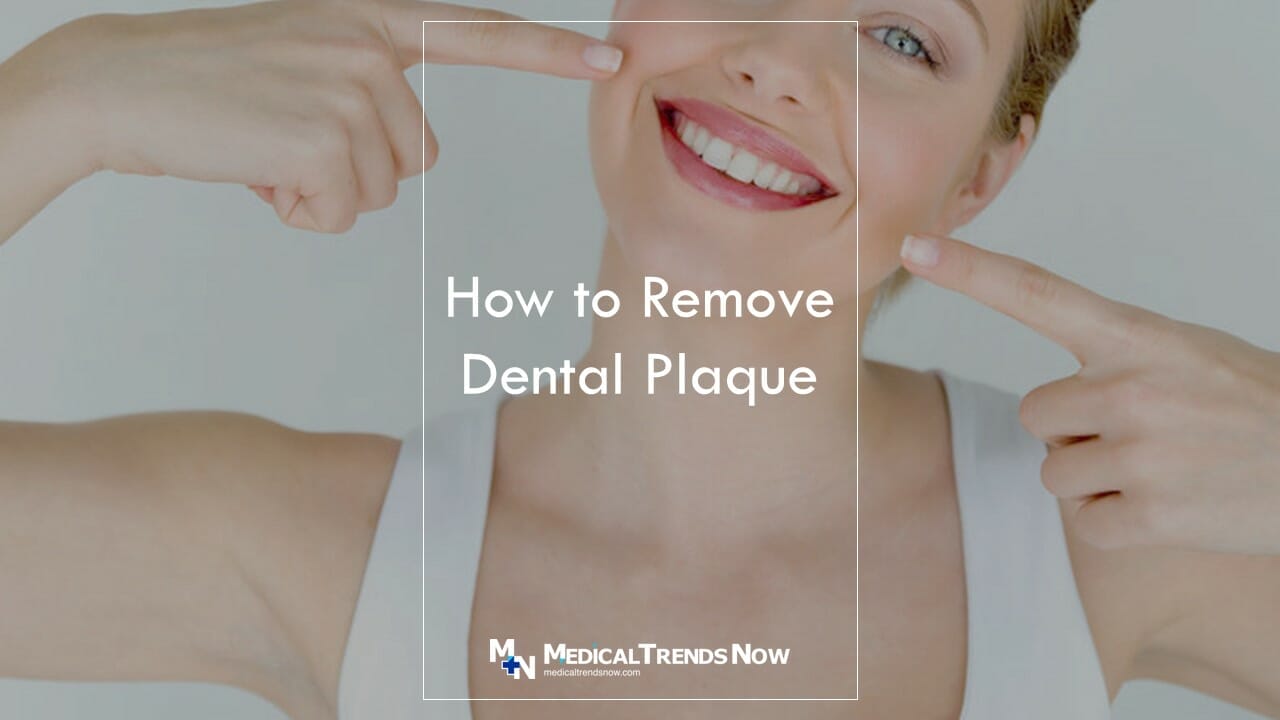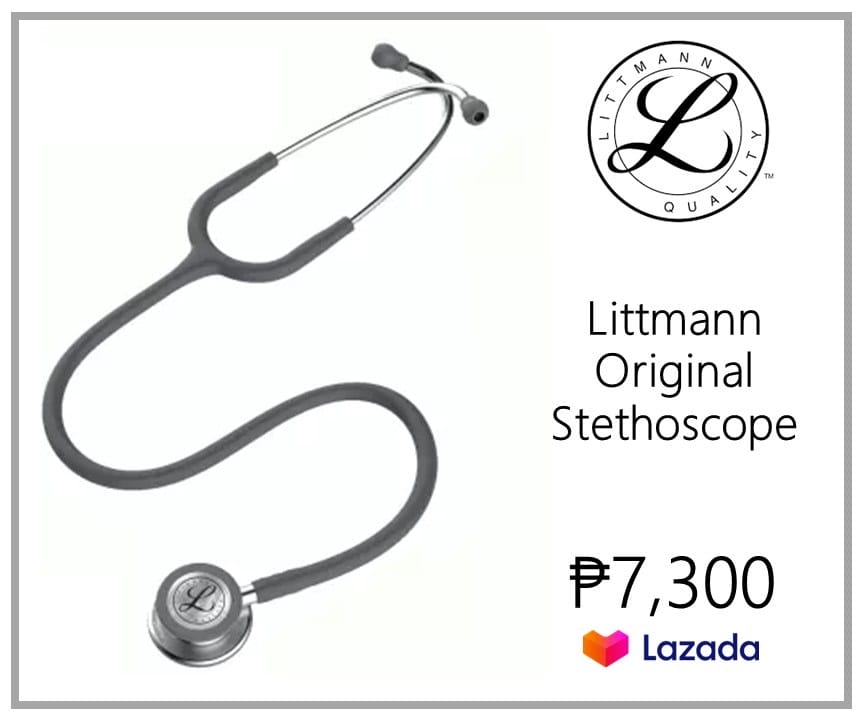Table of Contents
Are you suffering from a plaque on your teeth? If so, you are not alone. Many people have trouble with this condition. In this article, we will discuss how to get rid of plaque on your teeth, whether you are an adult or a child.
Plaque is a film of bacteria that can build up on teeth and cause tooth decay, gum disease, and bad breath. Plaque can be removed with proper brushing and flossing. Learn how to get rid of plaque on your teeth and prevent plaque buildup. Get the best tips for removing plaque from your teeth!
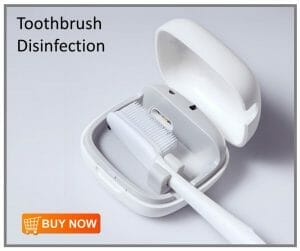
What is Plaque on your teeth?
Plaque is a film of bacteria that constantly forms on your teeth. When plaque is not removed, it can harden into tartar, which can lead to tooth decay and gum disease.
There are a few different types of plaque that can build up on your teeth. The most common type is dental plaque, which is made up of bacteria, food particles, and saliva. Over time, this plaque can form hard deposits on your teeth. Plaque can also form on the gums and inside the tooth, where it can cause gum disease or tooth decay.
To remove plaque from your teeth, you will need to use an oral hygiene product and brush regularly. You should also make sure to eat a healthy diet and avoid drinking alcohol or smoking cigarettes. If you have gum disease, you may also need to see a dentist to get treatment.

Why Our Teeth Have Plaque?
Plaque is a build-up of bacteria, food particles, and other substances on the teeth. Over time, plaque can form into tartar, which can cause gum disease and other oral health problems. There are many factors that contribute to plaque formation, including genetics and diet. However, most people also have some degree of dental plaque buildup due to daily activities such as eating, drinking, and smoking.
To reduce the risk of developing dental problems like gum disease or cavities, it is important to maintain good oral hygiene habits. This includes brushing your teeth twice a day with fluoride toothpaste and using a water flosser or interdental brush. It is also important to avoid eating foods that are high in sugar or carbohydrates (such as candy bars), chewing on hard objects (like cellulite), and smoking cigarettes. If you do develop dental problems like plaque buildup or tartar, visit your dentist for professional help.
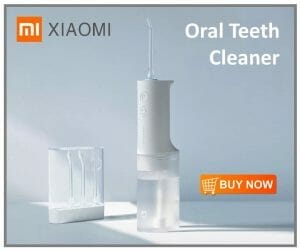
What are the Side Effects of Plaque
There are a number of potential side effects of plaque, including tooth decay, gum disease, and bad breath. Plaque can also build up on the teeth and gums, which can lead to tooth loss or other dental issues.
There are many potential side effects of plaque, but the most common is tooth decay and gum disease. Decay can cause a loss of tooth structure and color, while gum disease can lead to serious health problems such as heart disease and stroke. Both conditions are easily prevented by practicing good oral hygiene, including brushing and flossing regularly.
What If You Do Not Remove Plaque on Your Teeth?
If you do not remove plaque on your teeth, eventually, it will build up and cause problems.
For example, this can lead to tooth decay, gum disease, and even tooth loss.
Plaque can also cause a bad taste in your mouth and an increased risk of oral cancer.
If you have any questions about how to get plaque off of your teeth or if you think you may have a problem with plaque buildup, please see a dentist or oral health professional.
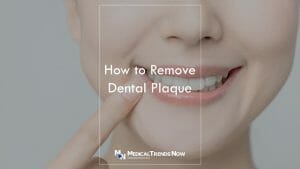
How To Get Rid Of Plaque On Your Teeth Fast
There are a few ways to get rid of plaque on teeth quickly.
Plaque is the build-up of acids and bacteria on the teeth. It can form on any surface of your teeth, but it tends to accumulate on the surfaces that are in contact with saliva (the fluid that comes from your mouth). This buildup can cause tooth decay and other dental problems.
Use Oral Irrigator to get rid of plaque on your teeth fast
There are many ways to get rid of plaque on your teeth. One popular way is to use an oral irrigator. Oral irrigators use a stream of water to clean and remove plaque from your teeth. This is a quick and easy way to get rid of plaque on your teeth.
The oral irrigator uses jets of water to dislodge the plaques.
Use a Toothbrush With Bristles That Are Specifically Designed to Remove Plaque
If you are looking to reduce the amount of plaque on your teeth and gums, brushing with a toothbrush that is specifically designed for plaque removal may be the answer.
Some bristles are made from materials that help remove plaque more effectively than others. It is important to find a toothbrush that has bristles that match your dental needs. For example, if you have sensitive teeth, choose a brush with softer bristles. There are also brushes designed for people who have problems with sensitivity in their gums.
If you have braces, ensure that your toothbrush has soft bristles.
Brush Your Teeth Twice A Day
There are a few ways to reduce or remove plaque from your teeth. One way is to brush your teeth twice a day. Brushing with a toothbrush and warm water can help remove plaque and bacteria from your teeth.
Floss Daily to get rid of plaque
To remove plaque from teeth effectively, flossing is an important part of a healthy oral hygiene routine.
There are many different types of floss available, so find one that is comfortable for you to use and fits in your pocket. Start by threading the floss between your teeth and pulling it tight against the gums. Then use your fingers to massage the plaque off the tooth surface. Repeat this process until all of the plaque is removed.
How Often Should You Floss?
The American Dental Association recommends flossing at least once a day to remove plaque and bacteria that can cause gum disease and tooth decay.
If you have hard or dense teeth, you may need to floss more often. Additionally, suppose you have a history of gum disease or other dental problems. In that case, it is especially important that you floss regularly to help remove plaque and debris from between your teeth.
Flossing at least once a day ensures that plaque and food debris are removed from your teeth and gums.
Drink Plenty of Water
Plaque is a build-up of bacteria, food, and saliva on teeth that can lead to tooth decay.
To prevent plaque from building up on your teeth, you should drink plenty of water each day. Not only will drinking water help to clean your teeth and reduce the risk of tooth decay, it also helps to keep your mouth healthy overall.
Avoid Sugary Drinks and Foods
There are a few key things you can do to help reduce your risk of developing plaque on your teeth. One of the most important things you can do is to avoid sugary drinks and foods.
These types of items are a major source of sugar, which can lead to tooth decay and plaque build-up. In addition, eating a well-balanced diet that includes plenty of fruits and vegetables will also help keep your teeth healthy.
Visit A Dentist Periodically for Professional Cleanings and Check-ups
To get plaque off your teeth, you’ll need to visit a dentist regularly for professional cleanings and check-ups. During these visits, your dentist will use a variety of techniques to remove plaque and brush away any deposits that have built up on your teeth. In some cases, you may also need to have minor repairs or fillings done to help remove stubborn plaque.
If you do regularly visit a dentist, you should be able to keep your teeth healthy and free from plaque for the long term.
If you have severe dental problems, your dentist may recommend using an acid eraser, or a special brush called an orthodontic polishing brush.
How Do Dentists Remove Plaques?
The process of removing plaque from teeth is called dental flossing. Dentists use a fine wire brush to remove plaque from between teeth. This helps to clean the teeth and remove food and bacteria that can lead to tooth decay.
Dentists use a variety of techniques to remove plaque from teeth. One common method is called flossing. Dentists floss between the teeth, using short, smooth strokes that move along the gum line and behind the teeth. This removes plaque and bacteria from the back of your teeth.
Another way dentists remove plaque is with an electronic toothbrush. This type of brush has small bristles that clean between your teeth. Dentists may also use an electronic toothbrush to remove tartar (a deposit of calcium and other minerals) from your teeth.
Plaque can also be removed using a dental scraper. This tool has a blade that is curved like a spatula. Dentists use the scraper to remove plaque from the gum line and around the teeth.
These methods are effective at removing plaque and bacteria from your teeth. However, each has its own benefits and drawbacks. For example, flossing is less time-consuming than using an electronic toothbrush, but it doesn’t remove tartar as well as an electronic brush can.
Use Mouthwash Regularly
There are a few ways to prevent tooth plaque build-up, which can lead to bad breath and other dental health problems. One way is to use mouthwash regularly.
Mouthwash can help remove bacteria and other debris from your teeth, which can help reduce the likelihood of plaque build-up. Additionally, regular visits to your dentist can also help monitor and treat any cavity issues that may be causing bad breath or other dental problems.
Get Your Mouth pH Balanced
There are a few ways to get your mouth pH balanced:
- Drink lots of water and avoid sugary drinks.
-
Eat acidic fruits and vegetables, like citrus, tomatoes, and onions.
-
Use baking soda toothpaste to neutralize the acid in your mouth.
Use a Toothpaste That Contains Fluoride
Toothpaste is one of the most common ways to remove plaque and tooth decay, but some people choose to use toothpaste that does not contain fluoride.
Fluoride has been shown to be effective in preventing cavities and gum disease, so it is important for people to choose a toothpaste that contains fluoride if they want the benefits it provides. There are many types of toothpaste on the market today, so it is important for people to read the labels and find one that contains fluoride.
Since the 1960s, dental professionals have been recommending that people use toothpaste that contains fluoride to help reduce the amount of plaque on teeth. Although there is some controversy surrounding this recommendation, many dentists believe that fluoride can help to reduce the risk of tooth decay and gum disease.
In fact, a study published in The Journal of Clinical Dentistry in 2013 found that people who used toothpaste with fluoride had significantly lower levels of plaque compared to those who used toothpaste without it.
Avoid Caffeine and Alcohol
Caffeine and alcohol can both make plaque build-up on teeth more difficult. Both substances can dehydrate the mouth, which can cause cavities. Additionally, caffeine and alcohol both contain acids that can eat away dental enamel.
Exfoliate Your Teeth With A Toothbrush And Gel
If you are looking to get rid of plaque on your teeth, one effective way is to exfoliate them with a toothbrush and gel. Plaque is a build-up of bacteria, food particles, and other debris that can cause tooth decay and other dental problems.
By using an exfoliating toothpaste, you can help remove the plaque buildup on your teeth. Be sure to brush your teeth twice a day for two minutes each time, using a gentle back-and-forth motion. You can also use a gel rinse to further clean your teeth and remove any leftover plaque.
Take Supplements That Are Contained In The Green Tea Extract Family
There are many supplements available on the market that claim to help cleanse and remove plaque from teeth. However, there is no scientific evidence to support the effectiveness of these supplements.
Some of the most popular supplements containing green tea extract include fluoride toothpaste and mouthwash. Fluoride toothpaste has been shown to reduce cavity rates, but there is no evidence that it helps remove plaque from teeth. Mouthwash with green tea extract may help freshen breath, but it has not been shown to be effective at cleaning teeth or removing plaque.
In fact, some studies have even found that mouthwash with green tea extract can increase the risk of gingivitis (a type of gum disease).
If you are looking for a supplement that may help remove plaque from your teeth, be sure to speak with your dentist or health care provider before taking any particular product.
Avoid Cigarettes and Vapes
There is no doubt that cigarettes and vaping are harmful to your health. In fact, they are considered the leading cause of preventable death in the United States. Cigarette smoke contains over 7,000 chemicals and additives, many of which are toxic. These toxins can damage your lungs and heart, as well as other organs in your body. Vaping also exposes you to dangerous chemicals and metals, like nickel and lead.
If you want to reduce your risk of tooth plaque formation, it’s important to avoid both cigarettes and vaping. Smoking cigarettes causes plaque to form on teeth faster than if you vape or smoke cigars or pipe tobacco. Additionally, smoking cigarettes increases your risk for oral cancer, a very serious condition that can ultimately kill you. If you want to quit smoking cigarettes but still enjoy nicotine-containing products like e-cigarettes or vapes, make sure to use them responsibly by only using them when you’re able to breathe in clean air without exposing yourself to harmful smoke particles or toxins from the devices themselves.
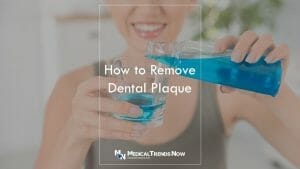
Tips To Prevent Plaque
There are a few things that you can do to help prevent plaque from forming on your teeth. One of the most important things that you can do is to brush and floss regularly. You should also make sure that you eat a healthy diet and avoid drinking alcohol or smoking. Finally, you should visit your dentist regularly to have them check for and treat any signs of plaque buildup on your teeth.
Conclusion: How To Get Rid Of Plaque On Your Teeth Fast
In conclusion, plaque is a sticky film that constantly forms on your teeth. If not removed, it can lead to tooth decay and gum disease. To remove plaque, brush your teeth at least twice a day with fluoride toothpaste, floss every day, eat a balanced diet, and visit your dentist regularly. By following these simple tips, you can keep your smile healthy and bright for years to come!
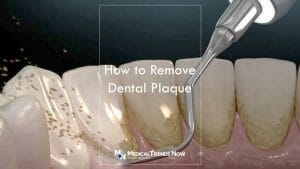
Sources
- Dental Plaque – Cleveland Clinic
- Can You Remove Tartar At Home? | Colgate®
- How To Remove Tartar Without A Dentist – Modern Family Dental Care
- 19 Amazing Home Remedies for Removing Plaque Naturally – Carefree Dental
- Techniques for Removing Tartar From Teeth Without Going To The Dentist – Green Square Dental and Implant Centre
- 4 Home Remedies for Stubborn Plaque – Dublin Corners Dental
- The Best Way To Remove Plaque – Arkansas Family Dental
- Evaluation of the Effect of Green Tea Extract on Mouth Bacterial Activity in the Presence of Propylene Glycol – NCBI
- Effect of Camellia sinensis plant on decreasing the level of halitosis: A systematic review – NCBI
- Floss/Interdental Cleaners – American Dental Association
